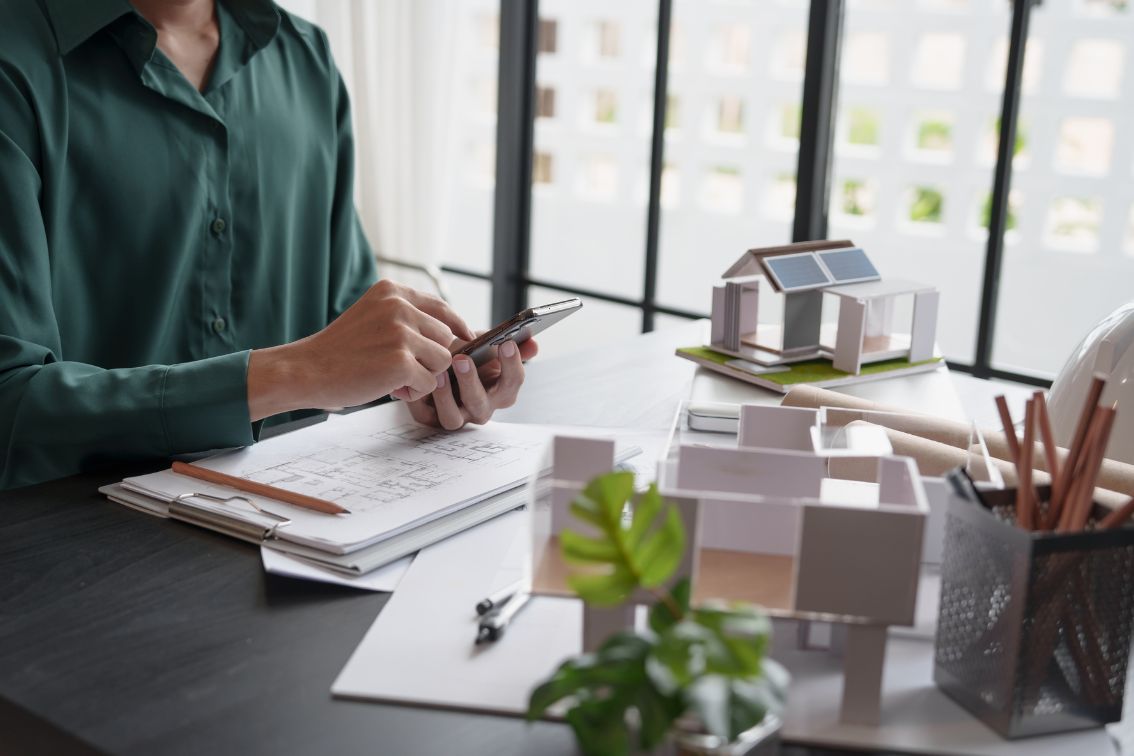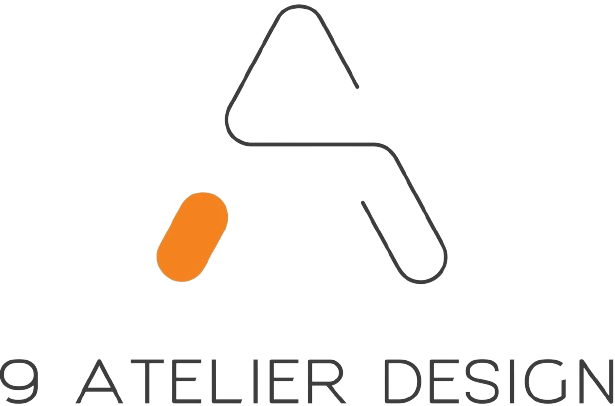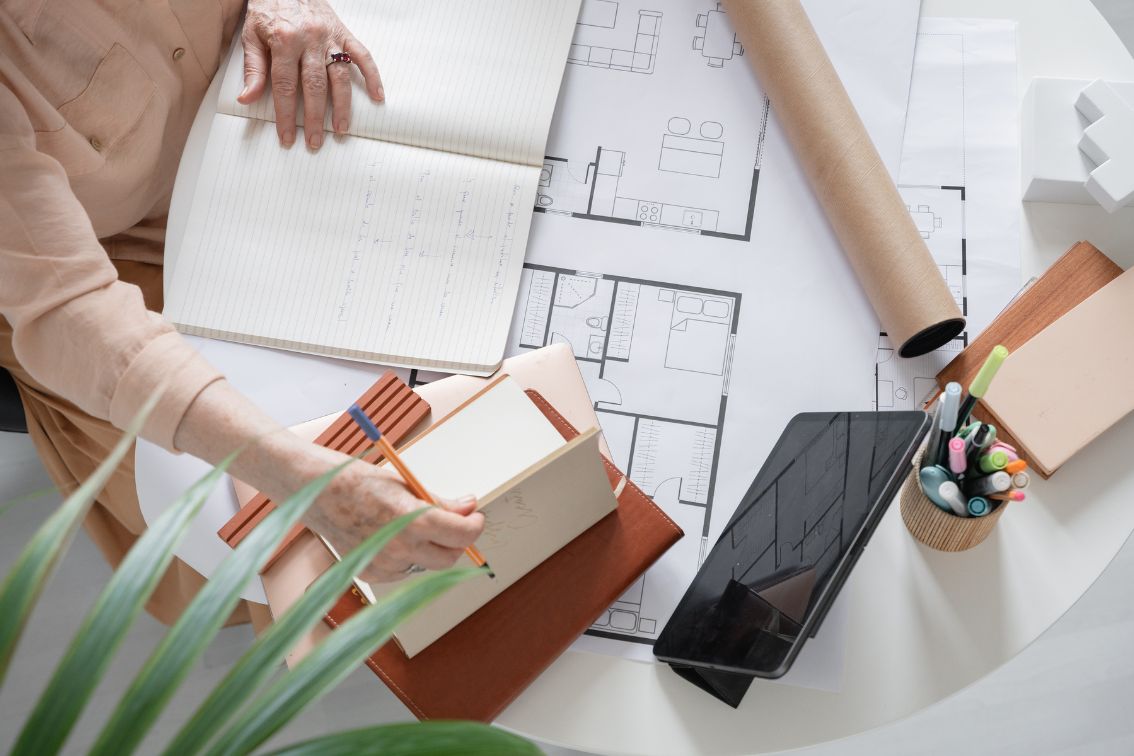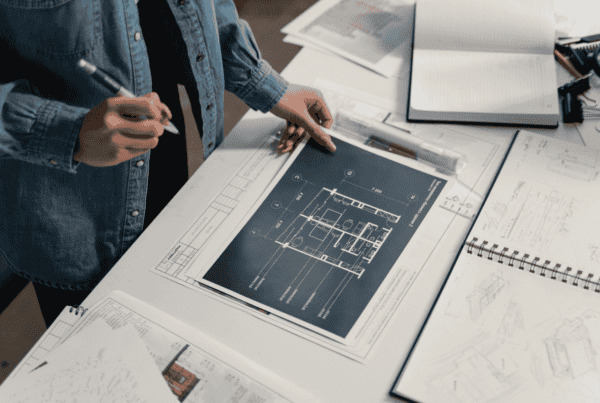If we think of ‘iconic buildings,’ it is not difficult to envision fantastical structures that catch people’s attention and may even survive the test of time. Behind every great design, however, is an architecture designer who is a creative thinker in marrying art with functionality and practicality in the development of space we live and work in.
In this post, we will see what an architecture designer does, why they are indispensable in today’s world, some exciting trends shaping the face of the industry, and finally, the challenges which come along with the job.
Who is an Architecture Designer?
An architecture designer is more than just a person who draws up plans. They are the thinkers behind functionality and feel in spaces. A professional marrying technical skills with creativity in working with architects, engineers, and clients to bring a vision into reality.
While the role of an architecture designer may parallel that of an architect, it usually comes down to the issue of focus: architects generally deal with broader structural elements, while architecture designers concern themselves with interior layouts, finishes, and overall aesthetic design. In that respect, they can develop our experiences of a building to make it functional, beautiful, and efficient.
An architecture designer typically holds a degree in design or architecture, but what really sets them apart is their passion for creating environments that balance style and function. From urban planning to interior spaces, they bring designs to life that improve our daily experiences.
Responsibilities of an Architecture Designer
What does an architecture designer actually do? Their role is very multi-dimensional, and very important in that they ensure a design is not only pleasing to the eye but also practical. Here are what they do for you:
- Designing Plans: Architecture designers make blueprints, which marries form and function together to create the layouts that make space aesthetically pleasing and highly functional.
- Client Collaboration: They work closely with clients to understand their needs, preferences, and goals, ensuring that the final design meets both vision and practicality.
- Ensuring Compliance: Not even a great design is good if it does not qualify for building regulations and codes. Architecture designers create every plan aligned with safety conditions and legal standards.
- Eco-friendly Design: At its core, architects focus on integrating green elements by using energy and resource-efficient material and practices towards creating conscious designs for the built environment.
- Drafting with Technology: Architecture designers implement their ideas with the help of design programs like AutoCAD and Revit, making the digital representation of all details very precise.
Why Architecture Designers Are Essential
You may wonder why architecture designers are so important. Well, their impact goes far beyond just aesthetics. Here are a few reasons why their work is essential:
- Shaping Communities: Architecture designers design spaces that make life better. From parks to office buildings, they are the designers of communities, creating spaces that connect people and promote well-being.
- Driving Sustainability: In a world going green, architecture designers lead the charge with environmentally friendly, ‘green’ designs. Using renewable materials, along with energy-efficient technologies, they create structures that have less impact on the environment.
- Preserving Cultural Identity: Architecture designers also serve as custodians of culture, integrating local traditions and history into modern designs to keep the spirit of a place alive.
- Enhancing Property Value: Great design will increase the value of a property. They make the space functional and beautiful, thus more pleasing to buyers and tenants alike.
- Inspiring Creativity: Architects create inspiration with ingenious designs that inspire creativity beyond established conceptions and even redefine the real meaning of architecture.

Trends in Architecture Design
As we move forward, the world of architecture design continues to evolve. Following are some interesting trends that are set to define the future:
- Sustainable and Green Architecture: In the rising tide of environmental consciousness, architects will use renewable materials, energy-efficient systems, and green rooftops that reduce to a minimum the impact buildings make on the environment.
- Smart Building Technology: Smart devices, automation, and energy management systems being incorporated into buildings in modern times make buildings function absolutely differently and help them be far more efficient while also becoming easier to use.
- Minimalist Design: Clean lines, open spaces, and multifunctional elements are fast taking center stage. Architecture designers welcome minimalism with both hands: a way of assuring functional, clutter-free environments.
- Biophilic Design: It is all about bringing the outside in. Using natural lighting indoors, adding indoor plants, even water features can be included-designers create nurturing spaces for minds and bodies.
- Adaptation of Spaces: Another creative way to preserve history is by using old buildings for newer purposes. Architects are now finding ever-new ways to adapt existing structures, be it from remaking industrial spaces into apartments or turning old warehouses into co-working hubs.
- Digital Architecture: Cutting-edge tools available in 3D printing, virtual reality, and AI-assisted designs will help in breaking the limitation boundaries while offering a platform for designers to try out and display their designs.
- Community-Centric Design: The trend now is to design places that are accessible, inclusive, and allow for social interactions; spaces that can be enjoyed and utilized by all.
Challenges Faced by Architecture Designers
Like any profession, architecture design comes with its own set of challenges. Here are some that designers often face:
- Balancing Client Expectations with Practicality: Every client has their idea, but it’s the job of the designer to balance it against reality: budget, space, and building regulations.
- Keeping Up with Technology: There are rapid changes in technology, and architecture designers need the latest software and tools to be up to date with all competitiveness and efficiency.
- Environmental Constraints: Architectural designing of buildings beautiful as well as functional has always been associated with a great deal of difficulties in dealing with environmental factors such as climate change and natural disasters.
- Navigating Building Regulations: With all the codes and laws that need to be followed, it is the designer’s duty and responsibility to ensure that each project will adhere to the rules and regulations of the local, state, and federal governments.
- Time and Budget Pressures: Many projects have tight deadlines and budgets, making it very challenging to provide high-quality designs without compromising on quality.
- Achieving Sustainability Goals: It is challenging to incorporate green design elements that are effective and affordable in a market where budgets and priorities vary.
- Global Influences: Architecture has become more global, and designers working in this arena must balance their mix of styles, influences, and technologies with the need to stay true to local traditions and needs.

Collaborating with Other Professionals in Architecture Projects
One of the main ways an architecture designer can work on their craft is through collaboration. Great architecture doesn’t happen in a vacuum, and designers will often work with other professionals across various industries, including:
- Architects: While architects focus on overall structure and technical aspects, architecture designers specialize in aesthetic and functional details.
- Engineers: This ensures that the product of collaboration, a design between structural, mechanical, and electrical engineers, is aesthetically beautiful yet safe and practical.
- Contractors: For this reason, communication with the contractors is indispensable to ensure the design is actually executed as conceptualized.
- Clients: A close relationship with clients helps architecture designers understand their needs, desires, and limitations, ensuring that the final product matches their vision.
At 9 Atelier Design, we take pride in our capability to make spaces that work. Whether you have a vision you would like to bring to life and you need professional design expertise, we’re here to help guide you through the process every step of the way.
Conclusion
Architecture designers are somewhat more than people who design buildings; they actually design space that inspires, functions, and enriches life for all who will experience such spaces. Be it a residential, commercial, or urban project that you are moving into, having an architecture designer by your side will make sure everything is carefully thought of, right down to the last detail.
Ready to make your space amazing? 9 Atelier Design can help you make this dream a reality with creativity, functionality, and eco-friendliness. Contact us today and start your journey!






